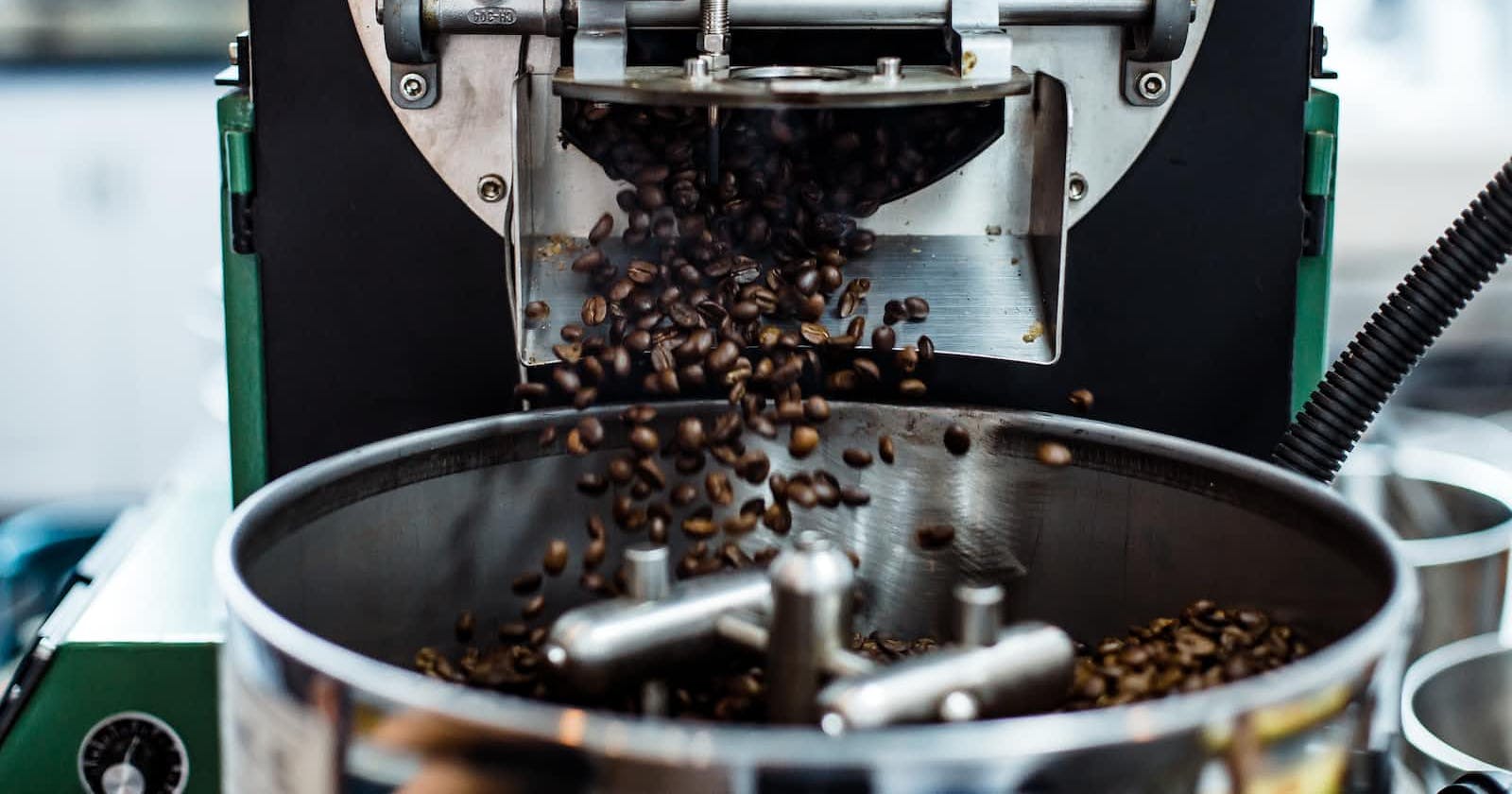I. Introduction
Commercial coffee roasters are essential tools for coffee businesses that require large-scale production of consistently roasted beans. These robust machines are designed to handle higher capacities and offer advanced features for precise control over the roasting process. In this article, we will explore the world of commercial coffee roasters, their types, key features, and their significance in the coffee industry.
II. Types of Commercial Coffee Roasters
Drum Roasters: Drum roasters are widely used in commercial settings and are known for their reliability and consistent results. They feature a rotating drum that tumbles the coffee beans, ensuring even heat distribution and uniform roasting. Drum roasters are suitable for medium to large-scale operations and offer various control options for roast customization.
Fluid Bed Roasters: Fluid bed roasters, also known as air roasters, use hot air to agitate the coffee beans, ensuring even roasting. These roasters are highly efficient, as the hot air circulates around the beans, rapidly transferring heat. Fluid bed roasters are popular for their shorter roasting times, bright flavors, and ability to highlight specific flavor characteristics.
Hot Air Roasters: Hot air roasters, similar to fluid bed roasters, utilize hot air for roasting. However, they have a different design that involves directing the hot air through a confined space, ensuring precise control over the roasting process. Hot air roasters are known for their speed and ability to achieve consistent roasting results.
Sample Roasters: Sample roasters are smaller-scale commercial roasters specifically designed for coffee professionals. These roasters allow for the precise evaluation of the quality and characteristics of green coffee beans. Sample roasters often have advanced control options and profiles to analyze and determine the potential of different coffee beans before full-scale production.
III. Key Features of Commercial Coffee Roasters
Roasting Capacity: Commercial coffee roasters are designed to handle larger quantities of coffee beans per batch, ranging from tens to hundreds of kilograms. The roasting capacity is an important consideration based on the production volume requirements of the coffee business.
Advanced Control Options: Commercial roasters offer sophisticated control systems, allowing roasters to fine-tune and automate the roasting process. These control options include temperature control, airflow adjustment, and programmable roast profiles, ensuring consistency and precision.
Heat Source: Commercial roasters utilize different heat sources such as gas, electricity, or a combination of both. Gas-powered roasters are known for their efficiency and rapid heat transfer, while electric roasters provide precise temperature control and ease of use.
Exhaust System: Effective exhaust systems are crucial in commercial roasters to remove smoke, chaff, and other by-products generated during the roasting process. Proper ventilation ensures a clean and healthy working environment.
Cooling Mechanism: Commercial roasters are equipped with efficient cooling mechanisms to rapidly cool the roasted beans, preventing over-roasting and preserving the desired flavors. Quick cooling also allows for continuous roasting without prolonged downtime.
Safety Features: Commercial roasters incorporate safety features such as fire suppression systems, temperature monitoring, and emergency shut-off mechanisms to ensure the safety of the operators and the roasting facility.
IV. Significance of Commercial Coffee Roasters
Commercial coffee roasters are the backbone of coffee businesses, facilitating large-scale production while maintaining quality and consistency. These roasters enable businesses to meet the demands of a growing customer base, ensuring a reliable supply of freshly roasted beans. By using commercial roasters, coffee businesses can control the roasting process, develop unique flavor profiles, and provide consistent coffee experiences to their customers.
You may also like: Home Coffee Roasting
V. Conclusion
Commercial coffee roasters are vital assets for coffee businesses seeking to produce high-quality, consistent, and scalable roasted beans. With different types available, each offering unique advantages, businesses can select the most suitable commercial roaster based on their production requirements and desired flavor profiles. Commercial roasters empower coffee businesses to meet the demands of their customers while maintaining the integrity and artistry of coffee roasting.
VI. FAQs
What is the cost of a commercial coffee roaster?
- The cost of commercial coffee roasters varies depending on factors such as size, features, brand, and whether it is a new or used machine. Prices can range from several thousand dollars to tens of thousands of dollars.
How long does it take to roast coffee in a commercial roaster?
- The duration of the roasting process in a commercial roaster depends on factors such as the type of roaster, desired roast level, and batch size. It can range from 10 to 20 minutes or more for larger batches.
What maintenance is required for commercial coffee roasters?
- Regular maintenance, including cleaning, calibration, and inspection, is crucial to ensure optimal performance and longevity of commercial roasters. It is recommended to follow the manufacturer's guidelines and consult with professionals for servicing.
Can commercial coffee roasters be used for small-scale operations?
- Yes, commercial coffee roasters can be used for small-scale operations, but it's important to choose a roaster with a suitable capacity. Small-scale businesses may opt for sample roasters or smaller drum roasters designed for specialty coffee production.
Are commercial coffee roasters environmentally friendly?
- Commercial coffee roasters consume energy and produce emissions during the roasting process. However, advancements in technology have led to more energy-efficient roasters with improved exhaust systems to minimize environmental impact.


